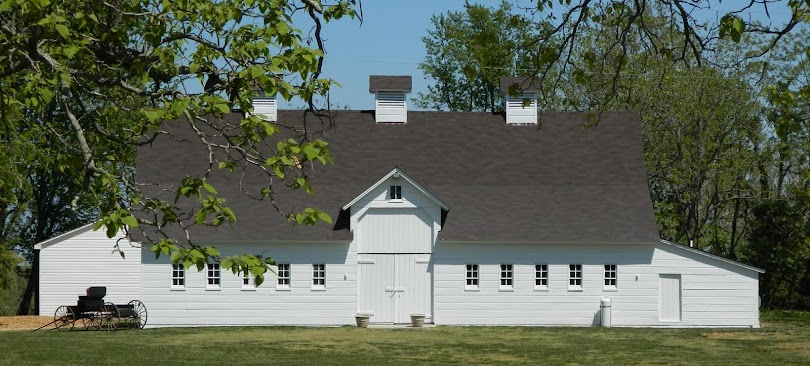As with most traditional holidays and celebrations in the
United States, they are a mixture and hodgepodge of stories, culture and
commerce, manifested and celebrated today by our present generations. The Thanksgiving holiday in our country is no
different.
Abraham Lincoln set the day in 1863, during the Civil War on
the fourth Thursday of November, for giving thanks and prayer. Various days of harvest feasting throughout
our history and official days of prayer had been celebrated in the past. Thanksgiving was not a recognized “day off
work” until 1941, just before the United States entered WWII.
 The events in Massachusetts by the Separatists, (a.k.a.)
Pilgrims, is a mixture of myths with some fact.
The Separatists did have a harvest feast that November. People in
Massachusetts began relating the story of the Native Americans and Pilgrims by the
1830’s, although by 1640 Native Peoples where either dead or gone from
Plymouth.
The events in Massachusetts by the Separatists, (a.k.a.)
Pilgrims, is a mixture of myths with some fact.
The Separatists did have a harvest feast that November. People in
Massachusetts began relating the story of the Native Americans and Pilgrims by the
1830’s, although by 1640 Native Peoples where either dead or gone from
Plymouth.
Many holidays like Thanksgiving and even Christmas were used
as psychological weapons of war on the enemy to break their spirits and will to
fight. Later, these days became infused
with American marketing and commerce and we end up with our present forms of
remembrance and celebration. These also vary across the country and ethnic
cultures of our people.
 At Sotterley, Thanksgiving was a time chosen by the owners
of the 20th century, Herbert and Louisa Satterlee, to visit from New
York. We know this because there are
photographs taken during this time of year, and it became a tradition for their
descendants, Mabel Satterlee Ingalls and even her children and grandchildren visited Sotterley in the fall, usually just before or during Thanksgiving. Oysters,
both roasted and as the ingredient in stuffing are traditional dishes in the
Tidewater region for the holiday.
At Sotterley, Thanksgiving was a time chosen by the owners
of the 20th century, Herbert and Louisa Satterlee, to visit from New
York. We know this because there are
photographs taken during this time of year, and it became a tradition for their
descendants, Mabel Satterlee Ingalls and even her children and grandchildren visited Sotterley in the fall, usually just before or during Thanksgiving. Oysters,
both roasted and as the ingredient in stuffing are traditional dishes in the
Tidewater region for the holiday.
No matter how your
family chooses to spend this long weekend, remember to share and listen to the
stories and history of family around you. Taste, smell and share the culinary
traditions of your loved ones. It is the
perfect time to ask questions and write down all of your shared history,
stories and culture that you want to remember and pass on to the young.
Holidays are about making and keeping memory.




